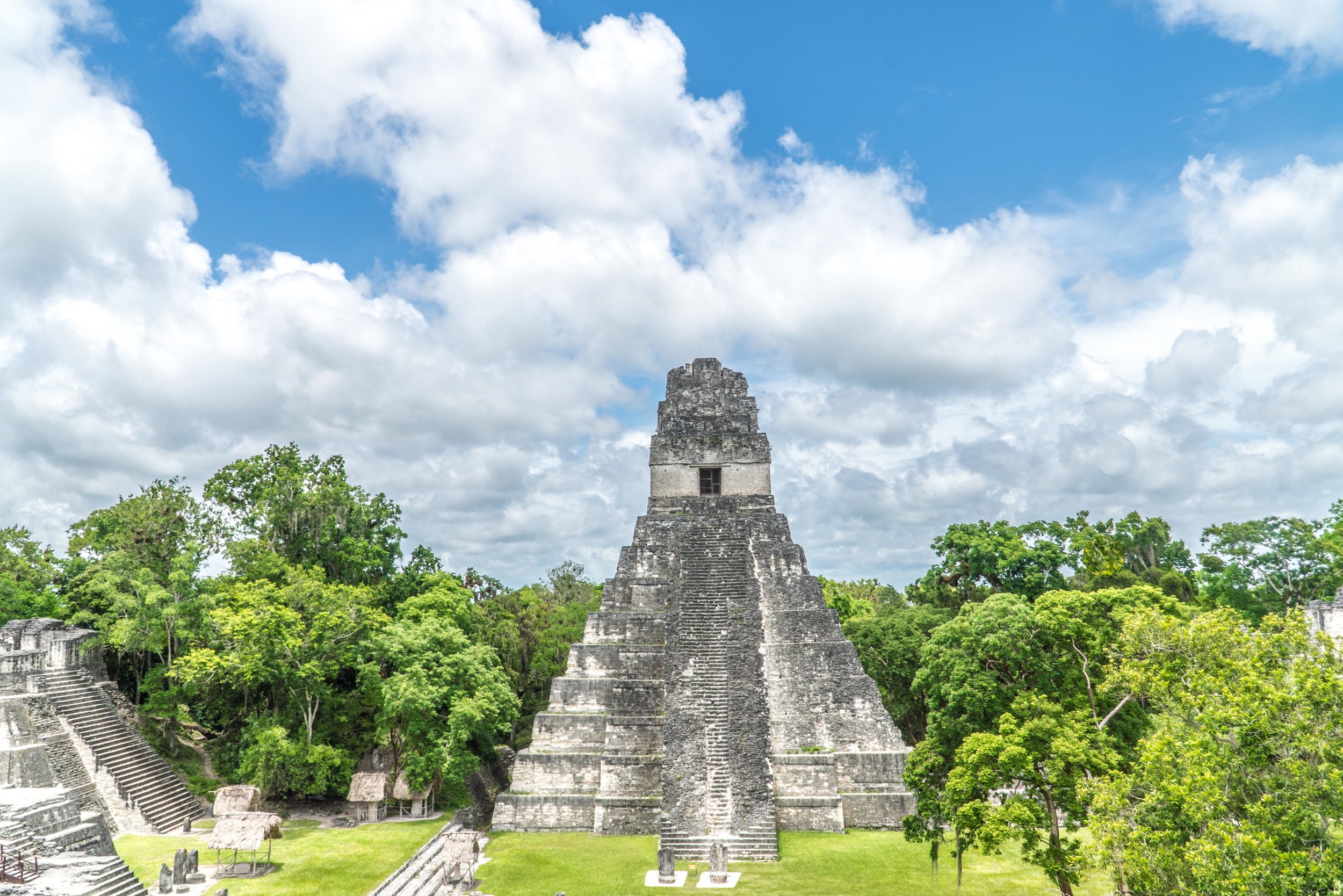Outdoor Advocacy: How You Can Vote for the Outdoors
Alright, now don’t go clicking “x” so quickly on your 30-tab browser (are 30 tabs just me?) just because you see the word “vote” or “election”. I know, some people may come here just for the travel, outdoor adventures, and food and drink recommendations, and therefore want politics left out. After all, is there anything that’s sacred anymore? However, we can’t have the beauty of the world without the blemishes, and if we want a world full of beauty, travel and adventure, then we have to fight, and therefore, vote for it. Lives literally depend on it.
Let me give you some reasons why supporting, advocating and voting for the outdoors is so important, especially for the upcoming November election.
We’ll start with some recent environmental stats….Just this week a climate report by the United Nations’ scientific panel described a strong risk of food shortage, wildfires, intensified droughts, and dilapidation of protected areas as soon as 2040. For those keeping track at home, that’s our lifetime. According to the NY Times, "While they conclude that it is technically possible to achieve the rapid changes required to avoid 2.7 degrees of warming, they concede that it may be politically unlikely.
What’s more, national parks are seeing the ill effects of climate change the worst. A recent study by scientists at UC Berkeley and the University of Wisconsin showed that temperatures at more than 400 national park sites are increasing in temperatures at twice the rate as the rest of the country, while experiencing greater declines in rainfall. Temperatures have increased about 1 degree Celsius, or 1.8 degrees Fahrenheit, which may seem small, but not when considering that a 2 degrees Celsius increase is considered grave risk. Meanwhile, some government leaders deny climate change, and it’s been a year since America withdrew from the Paris Agreement, which is a global accord to combat climate change. America is now reportedly the only country in the world that opposes it.
Elsewhere, congress failed to renew the Land and Water Conservation Fund (LWCF), a longtime program that used revenues from oil and gas drilling to fund protection of more than 40,000 state and local parks and outdoor areas (although it still could be saved soon). In other places, like Utah and Alaska, national monuments and wildlife refuges are being open to drilling, while public lands across America have an extensive maintenance backlog and much of America’s national monuments are being shrunk.
So just how important is voting and advocating for the outdoors?
The current administration’s reduction of Bears Ears and Grand Staircase-Escalante national monuments marked the largest reversal of national monument protections in U.S. history. (This coming after 98% of public comments expressed support of maintaining, or even increasing, the national monument boundaries.)
Last year Rep. Jason Chaffetz introduced a bill that would sell off more than three million acres of public lands, but immediately withdrew it after the public outcry.
Californians this past June voted to approve Proposition 68, a $4.1 billion bond on the June 5th statewide ballot to expand access and infrastructure in local and state parks, ensure cleaner water and fund other outdoor-related projects.
These are the very types of issues that are a direct result of how, or if, we vote. The fact is that whether we explicitly see it or not, the outdoors, national parks, public lands, and environment are undoubtedly on every single ballot, and every vote we make is either a vote for or a vote against the environment. And personally, I don’t want to be the person and generation who has to apologize for effing up the planet for all generations to come.
Come the November 2018 midterm elections, voters across America will see propositions on their ballots that’ll affect their local and state’s parks and outdoor spaces. In California, for example, Proposition 3 authorizes bonds for safer drinking water and infrastructure, including habitat protection. The Trust for Public Land is a good place to start to discover propositions in your own state, as they outline upcoming conservation measures for numerous states on their website here.
What’s arguably most important, however, are the representatives that voters cast their ballot for. Because they are the key members voting for and against the environment, proposing new measures, and at least supposed to be the ones listening and acting on the wishes of their constituents. And that’s where the Outdoor Industry Association’s 2018 Voter Guide comes in. Here, you can see a full guide on how candidates across America support (or don't support) the environment, view “watchworthy races” and look at outdoor spending in your state. Additionally, you can see how your current elected officials vote on major outdoor issues with the OIA Scorecard Grades. This voter guide is required reading as far as I’m concerned.
Meanwhile, there are tons of other great resources and guides for voting for the outdoors this November, such as Outside Magazine’s voting guide they released last week. See a few resources below with info on how to vote for the outdoors in November.
Resources for voting the outdoors
Ballotpedia, including the environmental policy page.
Finally, some of the best, and most important outdoor advocacy is coming from non-profits, and in some cases, outdoor retailers. Surfrider, for example, has been actively helping cities eliminate plastic straws, while Patagonia has been vocal about public lands measures, and is even giving their employees the day off to vote. As such, see a few of my favorite organizations and companies below because of their environmental initiatives.
How to advocate for the outdoors with your money
Surfrider. Surfrider’s mission is protecting waters and coastlines in a variety of ways, including coastal cleanups, opposing new offshore drilling, advocating for cleaner water, and eliminating plastic pollution.
Protect Our Winters. Protect Our Winters is just that, protecting winter, but more specifically, tackling climate change.
The Outrage. Female-founded activist apparel company, The Outrage, donates with every single purchase to fight social change. One of their outdoor-themed tees, for example, supports 350.org, which advocates for safer climate and clean energy solutions.
Patagonia. Patagonia’s Environmental and Social Responsibility page is a great starting place to see just how involved they are, and how you can get involved.
The North Face. Similarly is The Explore Fund from The North Face, which helps protect wild places while creating more access to the outdoors (among other things).












